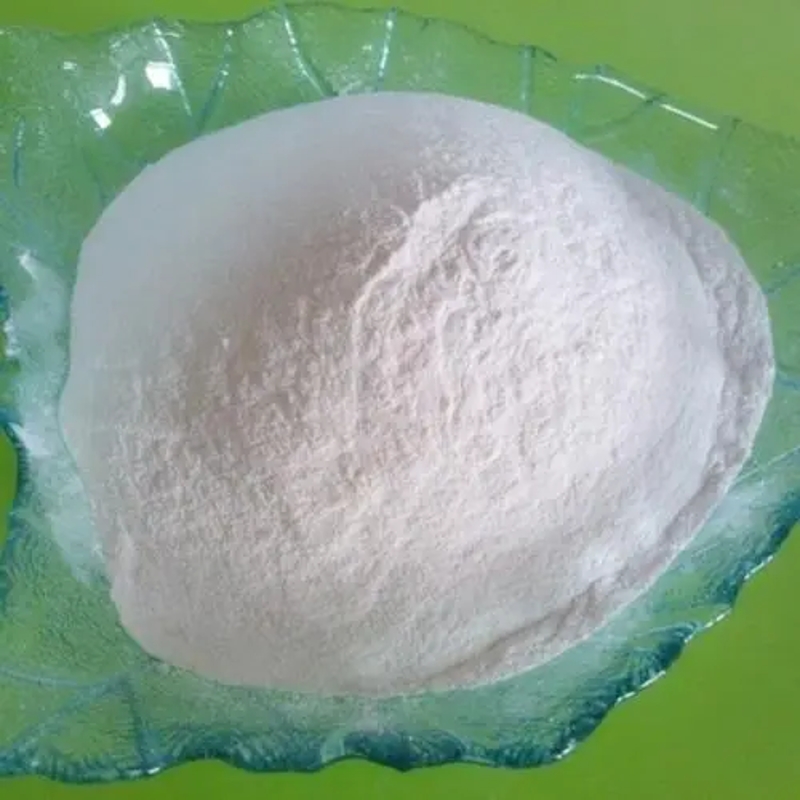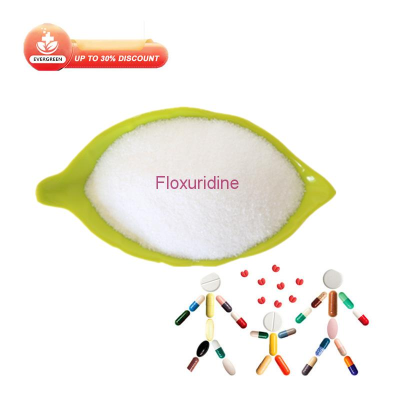-
Categories
-
Pharmaceutical Intermediates
-
Active Pharmaceutical Ingredients
-
Food Additives
- Industrial Coatings
- Agrochemicals
- Dyes and Pigments
- Surfactant
- Flavors and Fragrances
- Chemical Reagents
- Catalyst and Auxiliary
- Natural Products
- Inorganic Chemistry
-
Organic Chemistry
-
Biochemical Engineering
- Analytical Chemistry
- Cosmetic Ingredient
-
Pharmaceutical Intermediates
Promotion
ECHEMI Mall
Wholesale
Weekly Price
Exhibition
News
-
Trade Service
Imatinib mesylate, also known as Glivec, is a medication used to treat various types of cancer, including chronic myeloid leukemia, gastrointestinal stromal tumors, and advanced primary melanoma.
The production process of imatinib mesylate involves several steps, from the extraction of the raw materials to the final product.
In this article, we will take a closer look at the production process of imatinib mesylate, including the isolation of the raw materials, the synthesis of the drug, and the purification and formulation of the final product.
Isolation of Raw Materials
The production of imatinib mesylate starts with the isolation of the raw materials, which are derived from the fungus Cryptostigma gasparrinia.
This fungus is found in the tropical rainforests of Africa and Southeast Asia, and it contains a variety of compounds with potential pharmaceutical properties.
The active ingredient in imatinib mesylate is derived from the fungus through a process of fermentation.
Fermentation is a process in which microorganisms, such as bacteria or fungi, are used to produce a desired product.
In the case of imatinib mesylate, the fungus Cryptostigma gasparrinia is used to produce the active ingredient.
The process starts by collecting the fungus from the rainforest and cultivating it in a controlled environment.
Once the fungus is cultivated, it is fermented, and the active ingredient is extracted.
Synthesis of Imatinib Mesylate
After the active ingredient has been extracted from the fungus, it undergoes a series of chemical reactions to be converted into imatinib mesylate.
The synthesis of imatinib mesylate involves several steps, including the conversion of the active ingredient into a precursor, the condensation of the precursor with another compound, and the introduction of a methanesulfonyl group.
The synthesis of imatinib mesylate starts with the conversion of the active ingredient into a precursor.
This is done by reacting the active ingredient with a reagent that converts it into a more stable form.
The precursor is then subjected to a series of chemical reactions that result in the formation of the final product.
The final step in the synthesis of imatinib mesylate involves the introduction of a methanesulfonyl group.
This is done by reacting the precursor with a compound that contains a methanesulfonyl group.
This reaction results in the formation of imatinib mesylate, which is the final product.
Purification and Formulation of Imatinib Mesylate
After the synthesis of imatinib mesylate is complete, the final product is purified and formulated.
Purification is necessary to remove any impurities that may have been introduced during the synthesis process.
This is done by subjecting the final product to a series of chromatography steps, which separate the impurities from the final product.
After the purification process is complete, the final product is formulated into a drug that can be administered to patients.
Formulation involves adding excipients, such as fillers and coatings, to the final product to make it more stable and easier to administer.
The formulated product is then packaged and labeled for distribution.
Challenges in Production
Despite the many steps involved in the production process of imatinib mesylate, there are several challenges that must be addressed.
One of the main challenges is the limited supply of the raw material, Cryptostigma gasparrinia.
This fungus is found only in certain regions of the world, and there are concerns about the sustainability of the supply.
Another challenge is the complexity of the synthesis process.
The synthesis of imatinib mesylate involves several steps, and there is a risk of contamination during the manufacturing process.
To minimize this risk, the manufacturing process must be carefully controlled and monitored.
Conclusion
The production process of imatinib mesylate involves several steps, from the isolation







